Sustainability
Cover Crop Initiative
Peoples Company has partnered with Stine Seed, the largest independent corn and soybean seed company, and one of the most-recognized seed brands, to offer landowners a paid-in-full, managed cover crops program. A program designed to simultaneously protect the environment, maximize yields and improve overall return on investment.
How It Works
The program is available for new land management clients of Peoples Company. Peoples Company’s Land Management team is focused on managing farmland with an emphasis on long-term appreciation, sustainability, and conservation. Its model maximizes the productive acres of a farm while protecting the environmentally sensitive acres.
In order to qualify for the cover crop program, landowners must agree to have their land professionally managed by Peoples Company during a three-year term and commit to planting Stine Seed.
The cost of cover crop application will be covered up to $30/acre, with a minimum of 120 acres and a maximum of 500 acres planted per client. Cover crop seed and application decisions will be made by land management professionals. Termination of the cover crops is not a covered expense.
The program will be available up to a maximum of 25,000 acres. Originally launched in 2018, the program has been expanded and is now available to landowners in Arkansas, Illinois, Indiana, Iowa, Kansas, Kentucky, Louisiana, Minnesota, Mississippi, Missouri, Nebraska, North Dakota, Oklahoma, South Dakota, Tennessee, and Wisconsin.
Peoples Company land managers will inspect each property annually to ensure cover crops were utilized and Stine seed was planted. It will document these practices in the annual land management report for each farm.
For more information, email LandManagement@PeoplesCompany.com or call 855.800.5263.
“Peoples Company is committed to helping landowners effectively manage their property to maximize productivity, but also to reduce environmental impact,” said Peoples Company President Steve Bruere. “I’ve always believed that since a significant amount of land is rented, an effective strategy to reduce environmental impact and maximize yields should be targeted at landowners. Our program will show landowners it’s possible to reduce environmental impact while increasing productivity.”
The Benefits of Cover Crops
Cover crops are typically a hardy winter small grain crop that is seeded into a standing crop or seeded after harvest to provide vegetative cover over the winter months. Cover crops also uptake and hold excess nitrogen further preventing them from exiting the soil and entering a body of water. The benefits of cover crops include reduced erosion, increased organic matter, and reduced nitrates/excess nutrients from exiting the soil. Cover crops increase soil tilth with their extensive root systems that move throughout the soil, creating pores for water and carbon dioxide to move freely. Common cover crops include oats, wheat, barley, and tillage radishes. Cover crops that aren't killed by the cold will be planted into and then sprayed in the spring, blanketing the soil and increasing water retention.
“At Stine, we understand that nothing is more important than caring for the land,” said Myron Stine, President of Stine Seed. “Through the years, we have implemented a number of processes on our own farm to aid in soil conservation, with high-density corn being one of the most innovative. And we feel that cover crops are another component of a strong soil conservation program. That’s why we are pleased to partner with Peoples Company on this project.”
Cover Crop
FREQUENTLY ASKED QUESTIONS
Program
FREQUENTLY ASKED QUESTIONS
Cover Crop - FAQ
What are cover crops?
A fall crop seeded annually to protect the soil and retain nutrients while the ground fallows over winter. Cover crops typically consist of winter hardy and non-winter hardy small grains that are terminated prior to planting a commodity crop such as corn or soybeans.
What is the purpose of using cover crops?
Cover crops can help retain excess soil nutrients, prevent soil erosion and runoff, increase organic matter, increase soil tilth, and increase soil water-holding capacity.
What are common cover crops?
Common cover crops in the Midwest often include rye, oats, wheat, red clover, hairy vetch, turnips, radishes, and triticale. There are approximately four combinations of common cover crops which consist of grasses, legumes, winter hardy, and non-winter hardy varieties. Cover crop selection may depend on operator objectives, previous crops, region, and the following crop.
What effects do cover crops have on yield?
Cover crops are not “one size fits all” and different cover crops can have different effects on corn or soybeans. Selecting the right blend or cover for the upcoming crop is key. Some farmers have experienced small yield losses but as more is learned about the timing and procedures involved with cover crops, we become more effective at using covers to improve yields.
How are cover crops seeded?
Cover crops can be drilled, broadcasted, or flown on by plane while the existing crop is still standing. Cover crops can also be broadcasted with annual fertilizer applications to reduce cost and trips across the field. Application methods may vary depending upon program requirements and deadlines.
When are cover crops seeded?
Cover crops are often seeded before or directly after fall harvest, allowing them to inhabit the field over the winter to protect soil and nutrients before spring planting. However, cover crops can be used after any harvest, any time of the year, if the field is scheduled to remain fallow for extended periods of time.
How are cover crops terminated?
Cover crop termination depends upon the species and seeding rate. Some cover crops are winter hardy such as wheat and rye, while others are killed by the first frost such as oats and other non-winter hardy varieties. Winter hardy cover crops are usually controlled in the spring with the application of a generic herbicide and then planted into, trapping soil moisture and natural heat to boost emergence of commodity crops such as corn or soybeans.
Where can I go to learn more about cover crops?
There are many cover crop resources including State Extension services, and local FSA and NRCS offices. Many of these resources are available online through websites such as SARE.org, no-tillfarmer.com, and nrcs.usda.gov. These resources include insightful tools and information regarding the benefits and uses of cover crops.
Who uses cover crops?
Cover crops are used primarily by farmers but can be used by any individual who owns arable land that is currently in cultivation on an annual basis to produce commodities with an extended fallow period. While not included in most cover crop programs, they are also regularly implemented in construction on job sites to hold topsoil in place prior to seeding grass.
Program - FAQ
What will it cost to have my farm professionally managed by Peoples Company?
Management fees vary depending on a variety of factors. These factors include, but are not limited to, lease structure, location, and management agreement.
How many years will I receive paid-in-full cover crops through the Sustainability Cover Crop Initiative?
The Sustainability Cover Crop Initiative is offered to new land management clients who sign a three-year management agreement and agree to plant an approved Stine seed for three years. The paid-in-full cover crops, up to $30/acre, are offered for the three-year term of the lease.
What if my current farm tenant refuses to plant an approved Stine Seed?
If the current farm tenant refuses to purchase and plant Stine seed, the first step will be addressing their concerns with the seed and having them visit with a Stine Seed representative to review their line of approved seeds. If the tenant still refuses, the last step would be lease termination and selecting a new tenant that is willing to follow the guidelines of the management agreement.
Can I participate in government cover crop assistance programs in addition to the Sustainability Cover Crop Initiative?
Clients who sign a three-year management agreement and elect to participate in the Sustainability Cover Crop Initiative offered exclusively through the Stine Seed – Peoples Company partnership, agree to accept compensation through only the elected program and understand that accepting government compensation is a violation of the management agreement.
Can current Peoples Company Land Management clients participate in the program?
This program is currently offered to new management clients with a minimum of 120 management acres and a maximum of 500 management acres per client. Eligible participants must be new management clients and sign a 3-year management agreement on their elected acres. If you are an existing land management client of Peoples Company and are interested in the program, please contact your Peoples Company Land Manager.
What expenses are covered by the Sustainability Cover Crop Program?
The program pays the cost of cover crop seed and the application cost. Termination costs are not covered by the program and will be the responsibility of the farm operator or landowner. The cover crop seed mix and application method will be determined by Peoples Company Land Manager professionals.
Where do I purchase Stine Seed?
Your Peoples Company Land Manager will connect you with your local Stine Seed representative.
Do I have to plant Stine Seed High Population Corn?
No. Clients can work with their Stine Seed representative who will provide education about its line of seeds and assist with selecting and ordering the best corn or soybean seed for your operation.
What if I already plant Stine Seed?
Existing Stine clients may participate in the program without any additional provisions, as long as they continue to plant Stine Seed on the elected acres during the three-year management agreement.
Additional Cover Crop Information References:
Sare.org - https://www.sare.org/Learning-Center/Topic-Rooms/Cover-Crops
No-tillfarmer.com - https://www.no-tillfarmer.com/topics/60-cover-crops
NRCS.USDA.gov - https://www.nrcs.usda.gov/wps/portal/nrcs/detail/national/climatechange/?cid=stelprdb1077238
The Small Print
By signing a Peoples Company management agreement and enrolling in the Sustainability Cover Crop Initiative, clients and operators understand this program is offered exclusively through a collaboration of resources between Peoples Company and Stine Seed Company to receive paid-in-full cover crops for a three-year term.
Client is not eligible for the Sustainability Cover Crop Initiative if participating in government cover crop assistance programs. Accepting government cover crop assistance on acres enrolled in the Sustainability Cover Crop Initiative is a violation of the program.







